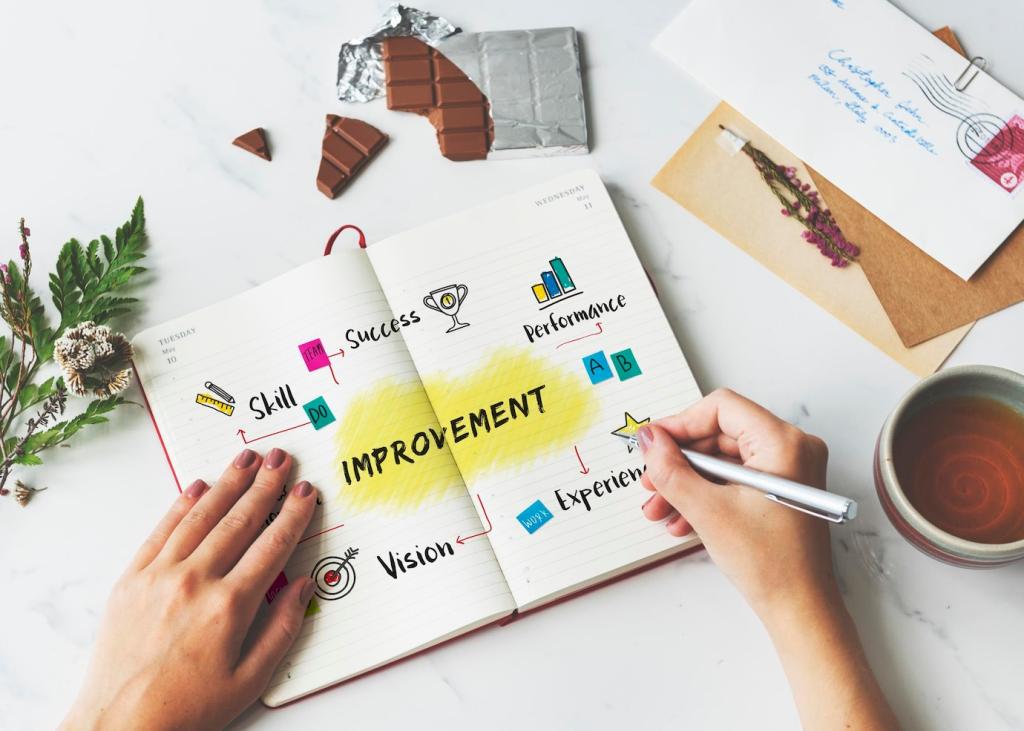Communication Techniques to Enhance Collaboration at Home
Chosen theme: Communication Techniques to Enhance Collaboration at Home. Build a household culture where clarity, kindness, and coordination make every day smoother. Explore practical methods, heartfelt stories, and simple rituals you can try tonight—then share what works for you.

Create Shared Agreements That Everyone Owns
Weekly Alignment Rituals
Set aside twenty minutes each Sunday to align on chores, plans, and energy levels. Keep it light, include tea or snacks, and ask each person one question: what support would make next week feel easier?

Repeat back the essence of what you heard, then gently name the feeling: “It sounds like you’re frustrated because the dishes keep stacking up.” Ask if you got it right. Adjust until their shoulders noticeably soften.

Nonviolent Communication at the Kitchen Table
Observations Versus Interpretations
Swap “You never help” for “The sink has yesterday’s and today’s dishes.” Facts reduce defensiveness. Ask readers to share one sentence they rephrased this week and how the shift changed the conversation.
Naming Needs, Not Blame
Try, “I need reliability in the mornings so I can start calmly,” instead of assigning fault. When needs are visible, creative solutions appear, like preparing lunches together while music plays softly.
Making Concrete Requests
End with a precise, doable ask: “Could you load the dishwasher before 8 p.m., three nights this week?” Clarity invites yes, no, or a counteroffer—each a doorway to collaborative problem solving.
Tools and Channels That Keep Coordination Smooth
One Board, Many Lives
Set up a whiteboard with three columns: To Plan, In Progress, Done. Even toddlers can move magnets. Watching tasks flow from left to right builds momentum and a satisfying sense of shared accomplishment.
Asynchronous Check-Ins
Leave voice notes or short videos when schedules misalign. Hearing tone reduces misunderstandings. Try a nightly thirty-second roundup, then subscribe for our weekly prompt list that keeps these messages meaningful.
Visible Calendars and Quiet Hours
Post a shared monthly calendar and mark daily quiet windows. It supports remote work, homework, and rest. Readers, comment with your best quiet-hour boundaries and how you protect them kindly.

Instead of “I want Fridays off dishes,” ask “What matters most?” Maybe it is recovery time, not the task. Finding interests lets you invent multiple solutions, and often reveals unexpected generosity.

Do a five-minute debrief: what went well, what felt rough, and one improvement. Keep tone curious, not critical. Track tiny wins—like calmer voices—and share your favorite retro question with our community.

Agree on repair phrases: “I’m getting heated; can we rewind?” or “I care more about us than being right.” Practicing these lines builds trust. Invite everyone to rehearse them before conflict erupts.
Offer two good options: “Laundry now or after your show?” Choices teach autonomy and reduce power struggles. Share in the comments a choice pair that turned a nightly battle into a quiet routine.
Communicating with Kids and Teens as True Teammates
Rotate a lightning story: one minute each on a rose, thorn, and bud of the day. Patterns emerge, empathy grows, and an easy opening for small repairs appears before sleep.
Communicating with Kids and Teens as True Teammates
Inclusion and Care in Multigenerational Households
Ask each person their best times for conversation, and preferred environments—bright kitchen, quiet porch, or a walk. Adjusting to rhythms prevents friction and shows love through attentive design.

